Picture this: you step outside on a crisp October morning, ready to enjoy the beautiful autumn colors, when suddenly you’re surrounded by thousands of small, dark insects crawling across your home’s sunny walls. If you live in the Midwest, you’ve likely experienced this startling seasonal phenomenon firsthand. These aren’t random invaders – they’re boxelder bugs, and their annual migration creates one of nature’s most dramatic insect spectacles across America’s heartland.
The Great Autumn Invasion Begins
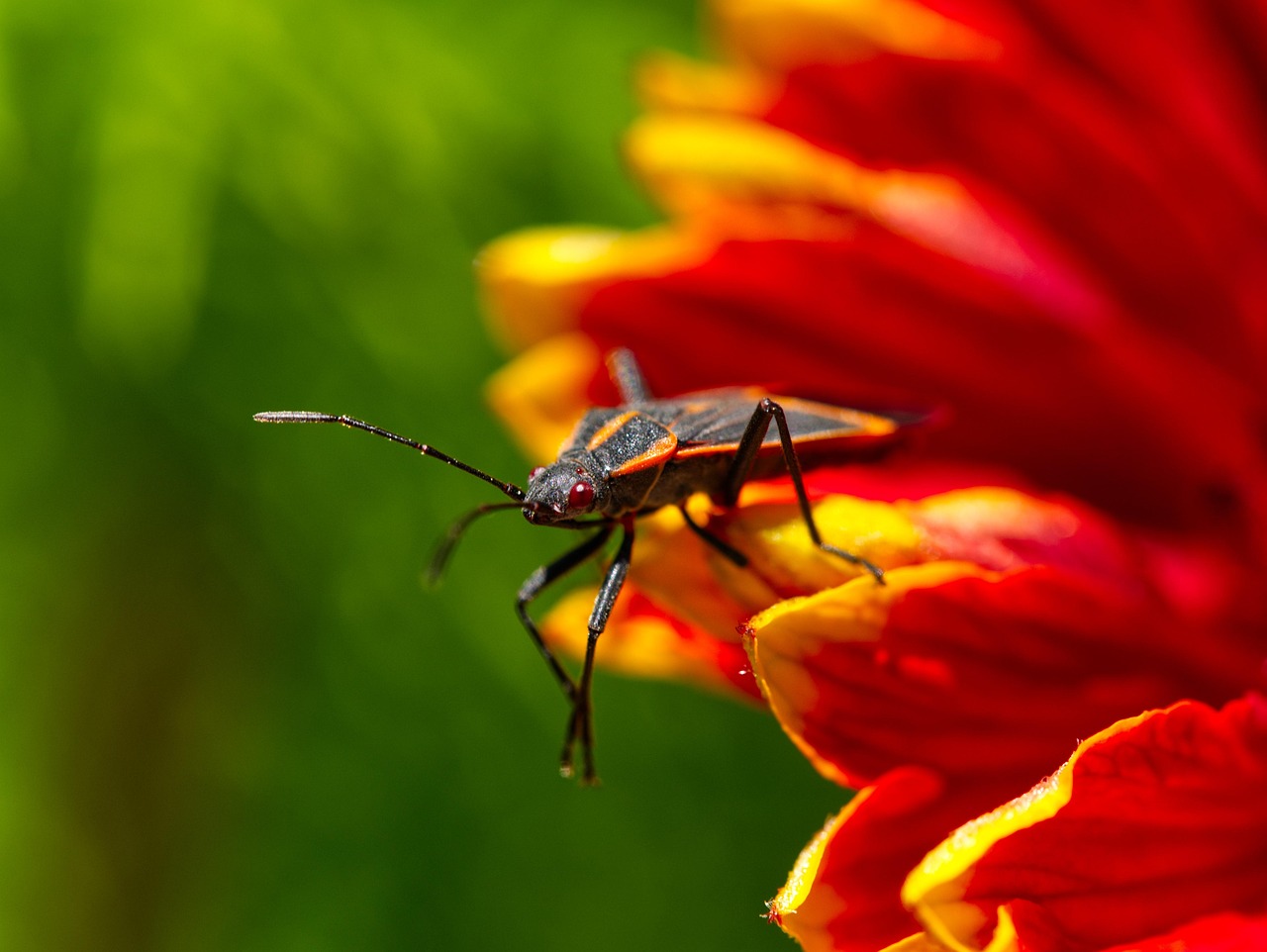
Every fall, something remarkable happens across the Midwest that catches homeowners completely off guard. Boxelder bugs emerge from their summer hiding spots in massive numbers, creating what can only be described as a living carpet of insects. These reddish-black creatures don’t just appear randomly – they’re following an ancient biological clock that’s been ticking for millions of years.
The timing is everything with boxelder bugs. As temperatures begin to drop and daylight hours shrink, these insects receive nature’s signal to start their incredible journey. What makes this phenomenon so shocking is the sheer volume – thousands upon thousands of bugs can blanket a single building in just a few days. It’s like watching a slow-motion invasion that seems to come from nowhere.
Why the Midwest Becomes Bug Central
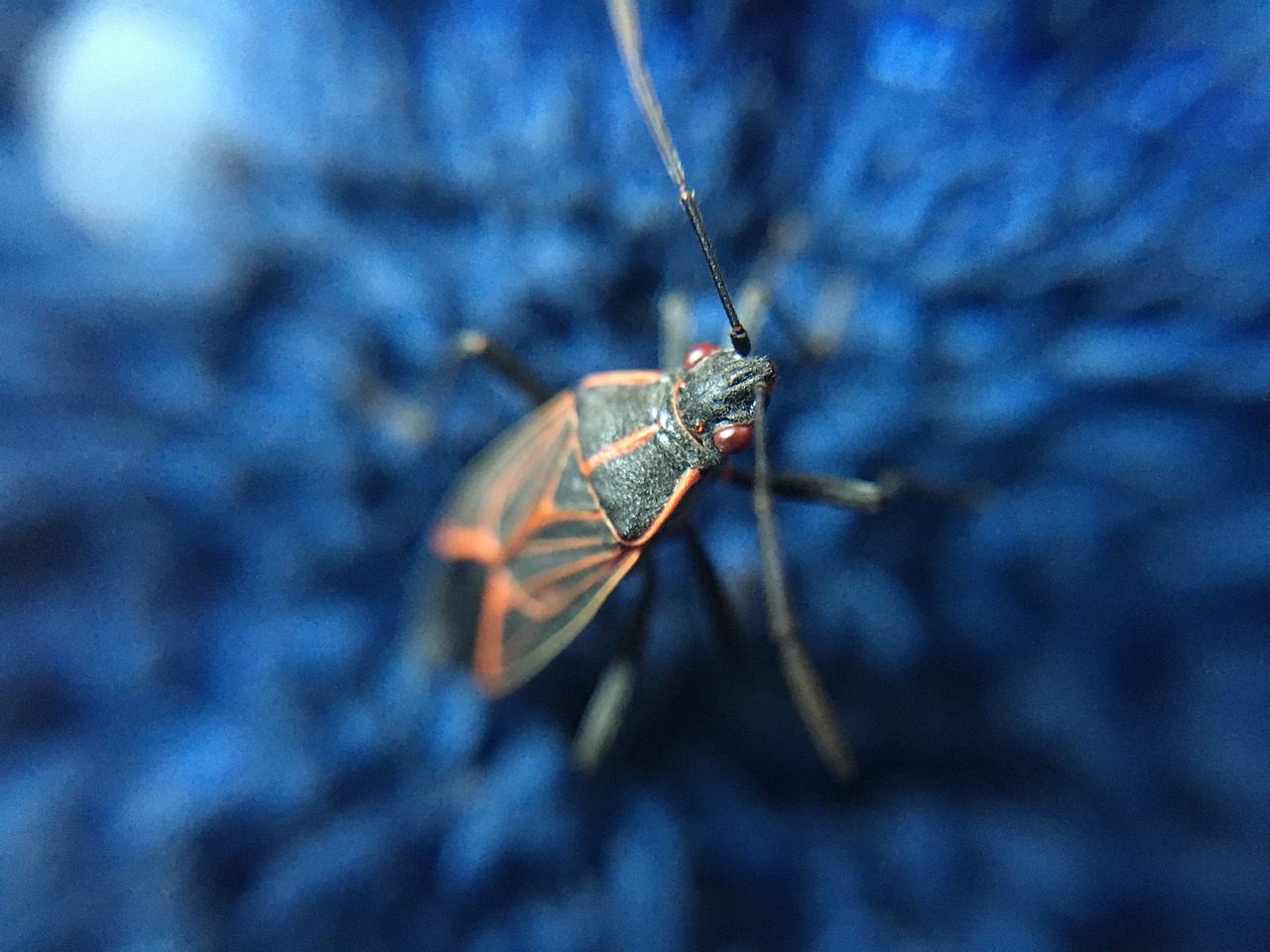
The Midwest isn’t just randomly chosen by these insects – it’s actually their ideal habitat. The region’s climate, vegetation, and geographical features create a perfect storm for boxelder bug populations. States like Iowa, Illinois, Wisconsin, and Minnesota provide exactly what these bugs need to thrive in enormous numbers.
Temperature fluctuations in the Midwest trigger the bugs’ migration instincts more dramatically than in other regions. The contrast between warm summer days and cool autumn nights sends these insects into overdrive, searching for the perfect overwintering spots. This explains why some years seem worse than others – it all depends on how quickly and dramatically the temperature drops.
The Science Behind Their Overwhelming Numbers
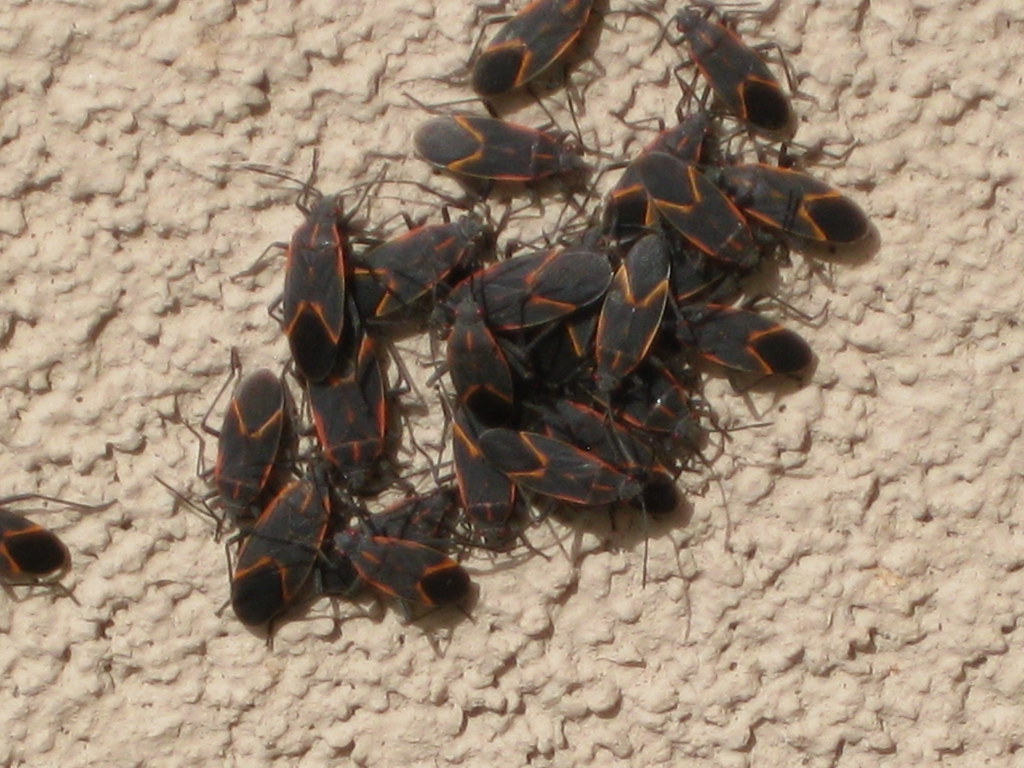
What transforms a few scattered bugs into an army of thousands is fascinating from a scientific perspective. Boxelder bugs reproduce in overlapping generations throughout the summer, with each female capable of laying up to 200 eggs. By fall, multiple generations have matured simultaneously, creating population explosions that can be truly staggering.
Their reproductive success depends heavily on weather conditions during the summer months. Warm, wet springs followed by hot summers create ideal breeding conditions, leading to the massive populations we see each fall. This explains why some years bring moderate numbers while others deliver what feels like a biblical plague of bugs.
The Hunt for Perfect Winter Hideouts
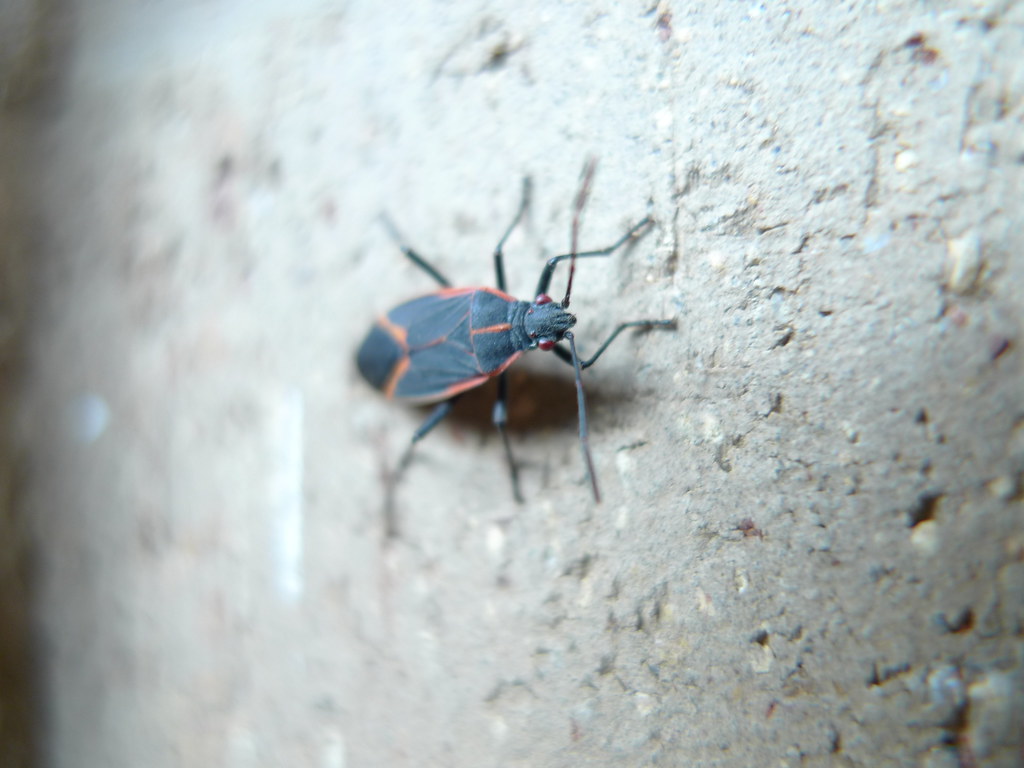
Understanding why boxelder bugs choose certain buildings over others reveals the sophisticated survival strategies these insects employ. They’re not randomly wandering – they’re actively seeking specific microclimates that offer the best chance of winter survival. South-facing walls that absorb maximum sunlight become prime real estate in the bug world.
The insects use their remarkable sensory abilities to detect temperature differences as small as a few degrees. Cracks in siding, gaps around windows, and spaces under roof shingles become like luxury condos for overwintering bugs. Once they find these spots, they release pheromones that attract even more bugs, creating the massive congregations that shock homeowners.
Temperature Triggers That Launch the Migration
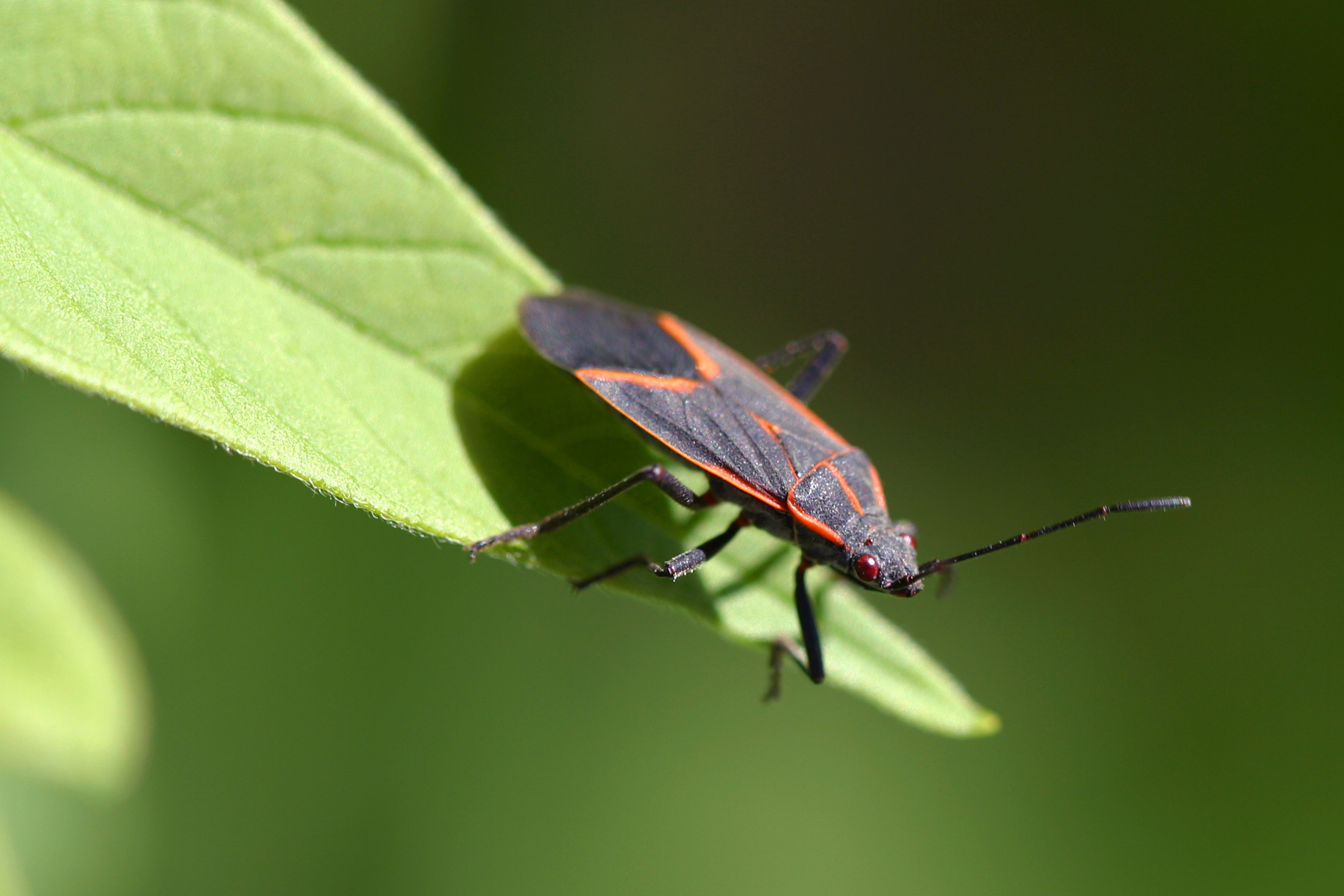
The relationship between temperature and boxelder bug behavior is more complex than most people realize. It’s not just about cold weather – it’s about specific temperature thresholds that trigger different behaviors. When daytime temperatures consistently drop below 70°F, the bugs begin their search for winter quarters.
Nighttime temperatures below 50°F create urgency in their behavior, causing them to move in larger groups toward potential hibernation sites. This is why you might see relatively few bugs one day, then wake up to thousands the next morning. The temperature trigger has been pulled, and the migration is in full swing.
Why Your House Becomes Their Target
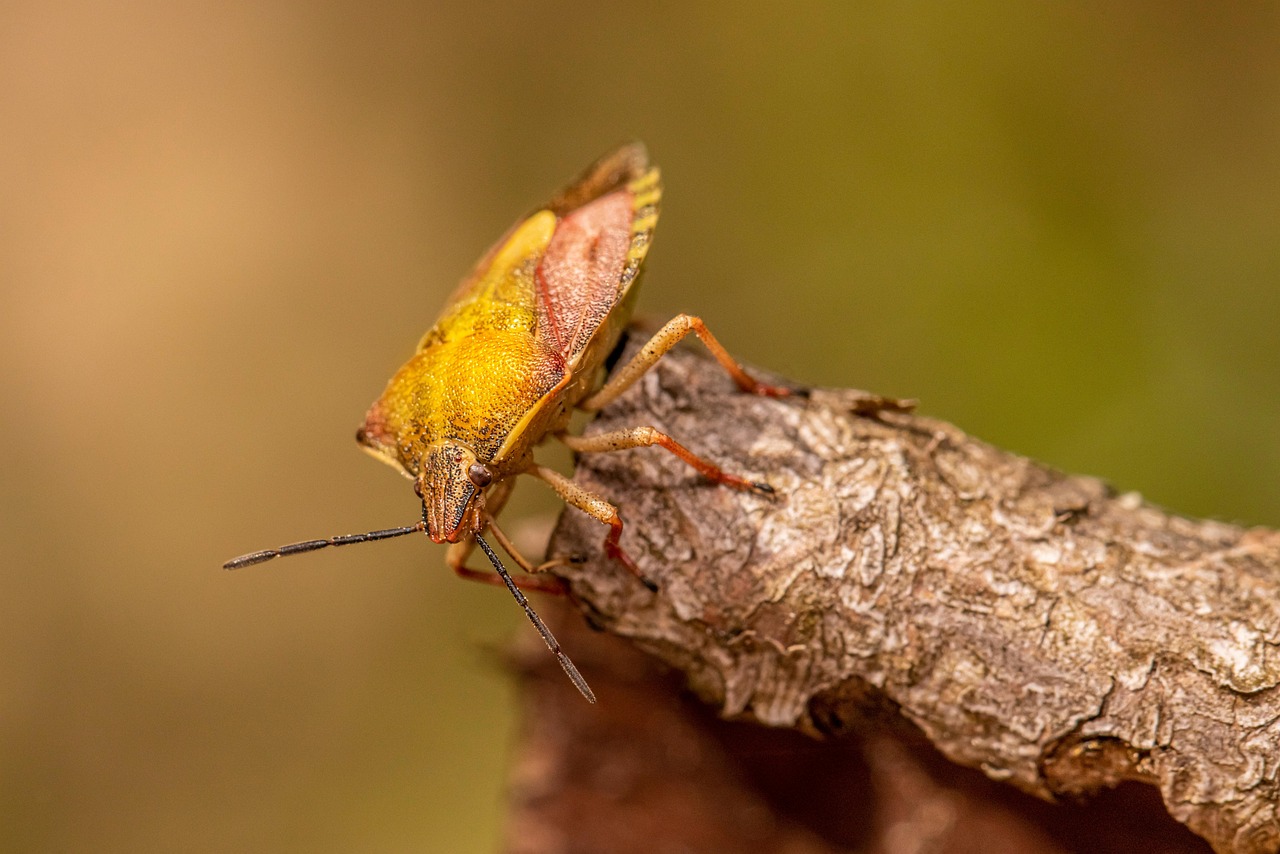
Your home isn’t just shelter to boxelder bugs – it’s a sophisticated life-support system. The thermal mass of your house’s walls stores heat during the day and releases it slowly at night, creating the stable temperatures these insects need for survival. This makes your home more attractive than natural alternatives like tree bark or rock crevices.
Light-colored houses with southern exposure become particularly attractive because they reflect and absorb heat more effectively. The insects can actually sense these temperature differences from considerable distances, explaining why they seem to appear out of nowhere on your walls. Your house is literally broadcasting its availability to every bug in the neighborhood.
The Boxelder Tree Connection
The name “boxelder bug” isn’t coincidental – these insects have an intimate relationship with boxelder trees that drives their entire life cycle. Female boxelder trees produce the seeds that serve as the primary food source for these bugs, creating a dependency that shapes their behavior and distribution patterns.
Areas with large populations of boxelder trees inevitably experience more severe bug invasions. The insects spend their summer months feeding and breeding on these trees, building up the massive populations that eventually migrate to homes. Removing boxelder trees from your property can significantly reduce bug problems, though it won’t eliminate them entirely since the insects can travel considerable distances.
The Journey from Tree to House
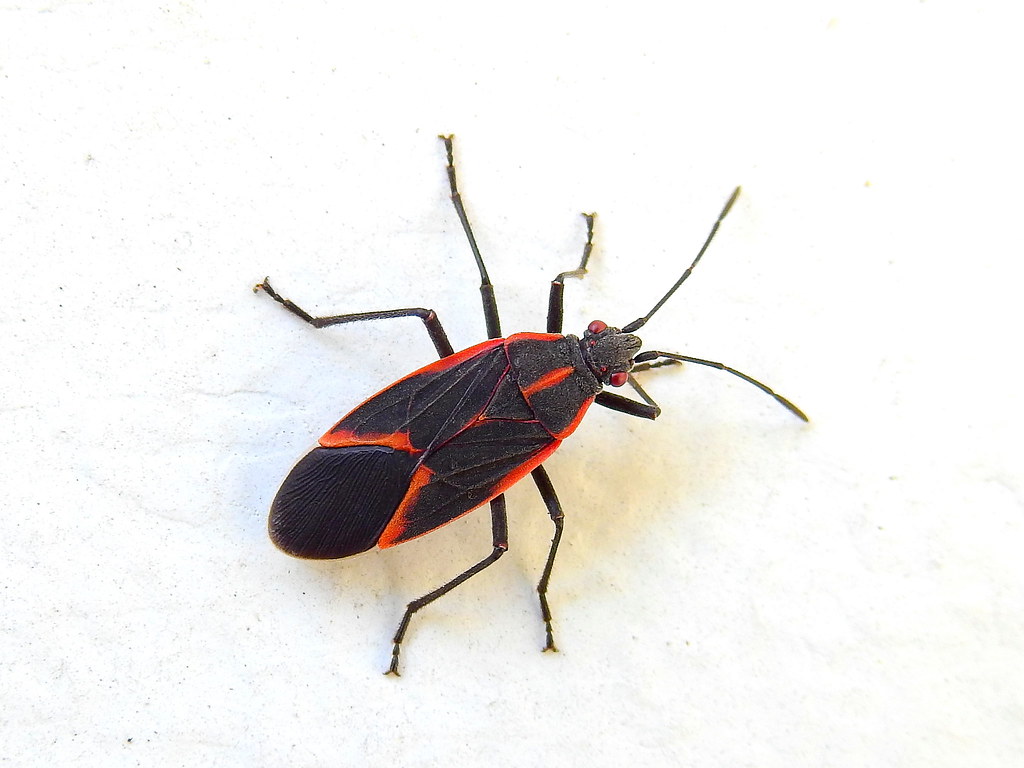
Witnessing boxelder bugs make their transition from trees to houses reveals the remarkable navigation abilities of these tiny creatures. They don’t simply fall from trees and crawl randomly – they engage in purposeful flight patterns that can cover surprising distances. On warm autumn days, you might see clouds of flying bugs moving in coordinated waves toward buildings.
The insects use visual cues like building outlines against the sky and thermal signatures to locate ideal overwintering sites. They’re particularly drawn to contrasts between light and dark surfaces, which is why they often concentrate around windows, doors, and other architectural features. This behavior shows a level of environmental awareness that’s quite sophisticated for such small creatures.
Mass Aggregation Behavior Explained
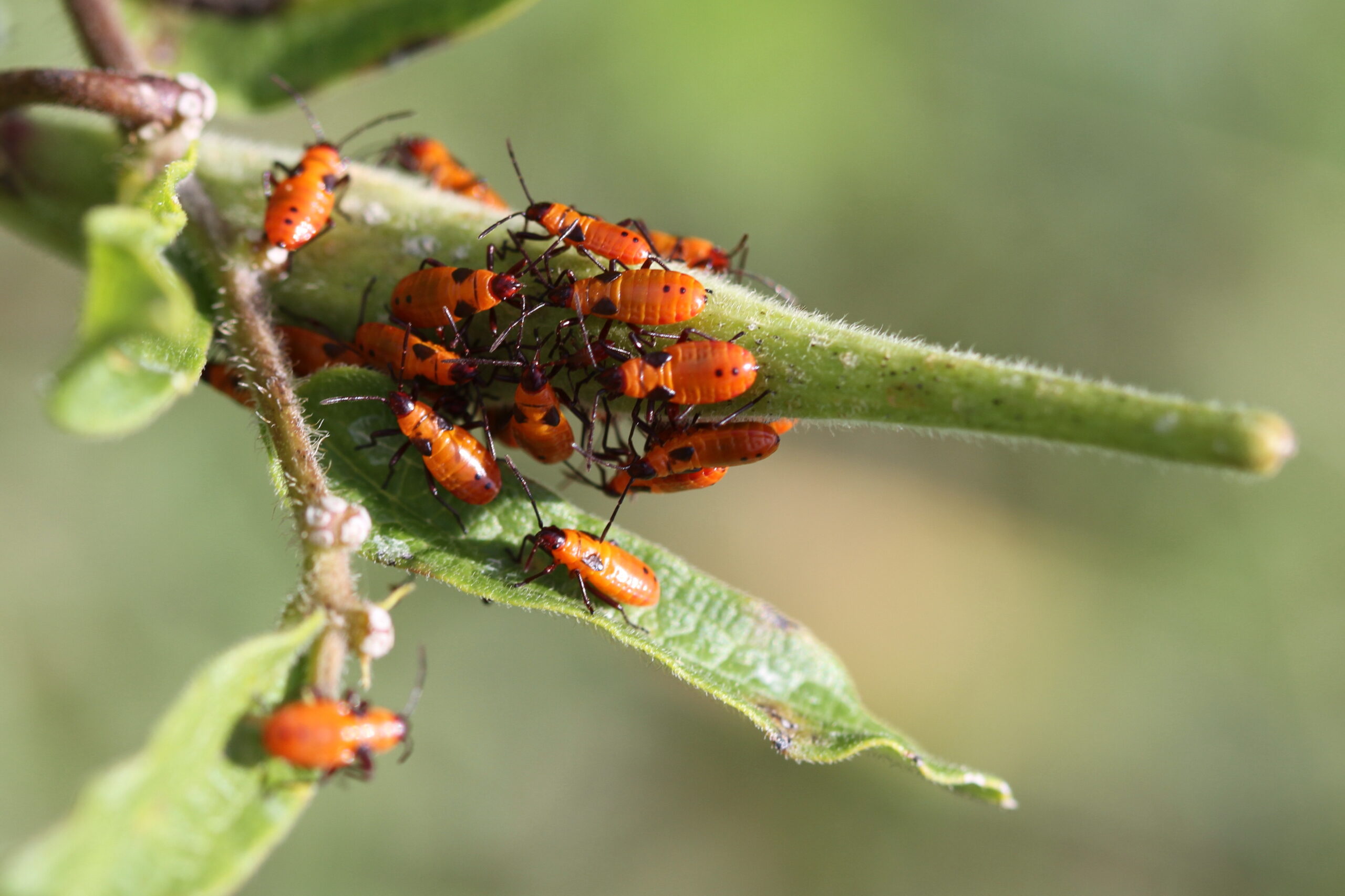
The phenomenon of thousands of bugs clustering together isn’t random – it’s a survival strategy that has evolved over millions of years. When boxelder bugs aggregate in large numbers, they create their own microclimate that helps them survive harsh winter conditions. The mass of bodies generates and conserves heat, while also providing protection from predators.
This aggregation behavior is triggered by pheromones released by the first bugs to find suitable overwintering sites. These chemical signals act like a beacon, attracting more and more insects to the same location. The result is the shocking sight of thousands of bugs covering the same small area of your house, creating what looks like a living, breathing wall.
Peak Season Timing and Duration
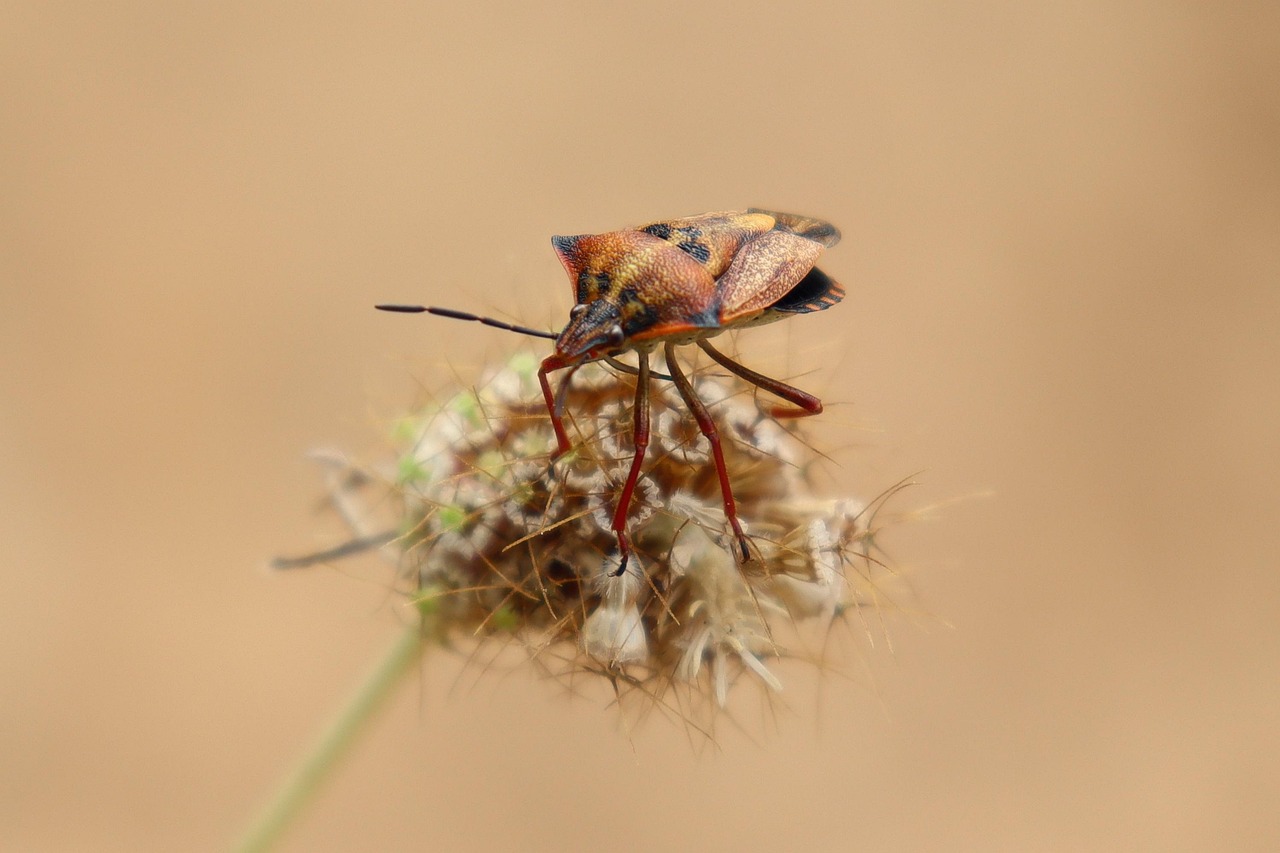
The timing of boxelder bug invasions follows a predictable pattern that varies slightly across the Midwest. The peak migration typically occurs from mid-September through early November, with the most intense activity happening during warm, sunny days when temperatures reach into the 60s and 70s.
The duration of the invasion depends on weather patterns and can last anywhere from a few days to several weeks. Warm spells during this period can extend the migration window, while sudden cold snaps can cut it short. Understanding this timing helps homeowners prepare for and manage the annual invasion more effectively.
Geographic Hotspots Across the Midwest
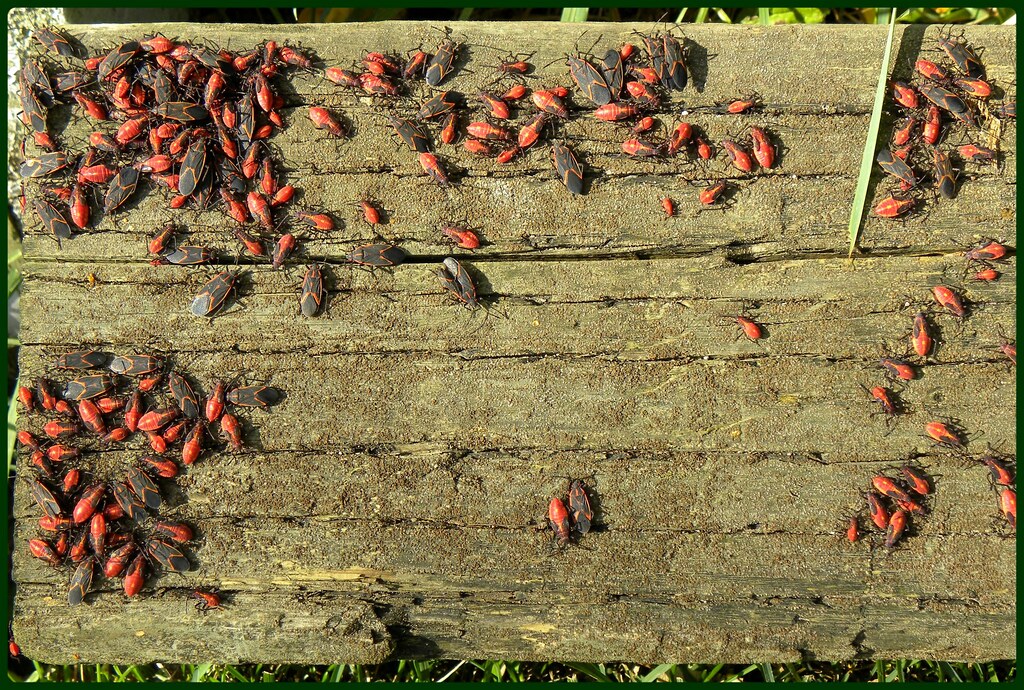
Certain areas of the Midwest experience more severe boxelder bug invasions than others, creating recognizable hotspots that can be mapped and predicted. Urban areas with mature boxelder trees, particularly in older neighborhoods, tend to see the most dramatic invasions. Cities like Minneapolis, Des Moines, and Chicago have become notorious for their annual bug spectacles.
Rural areas aren’t immune either, especially those with agricultural lands adjacent to wooded areas containing boxelder trees. The combination of food sources, breeding sites, and overwintering locations creates perfect conditions for population explosions. Some counties in Iowa and Illinois report bug invasions so severe that they affect outdoor activities and even driving visibility.
Survival Strategies During Winter
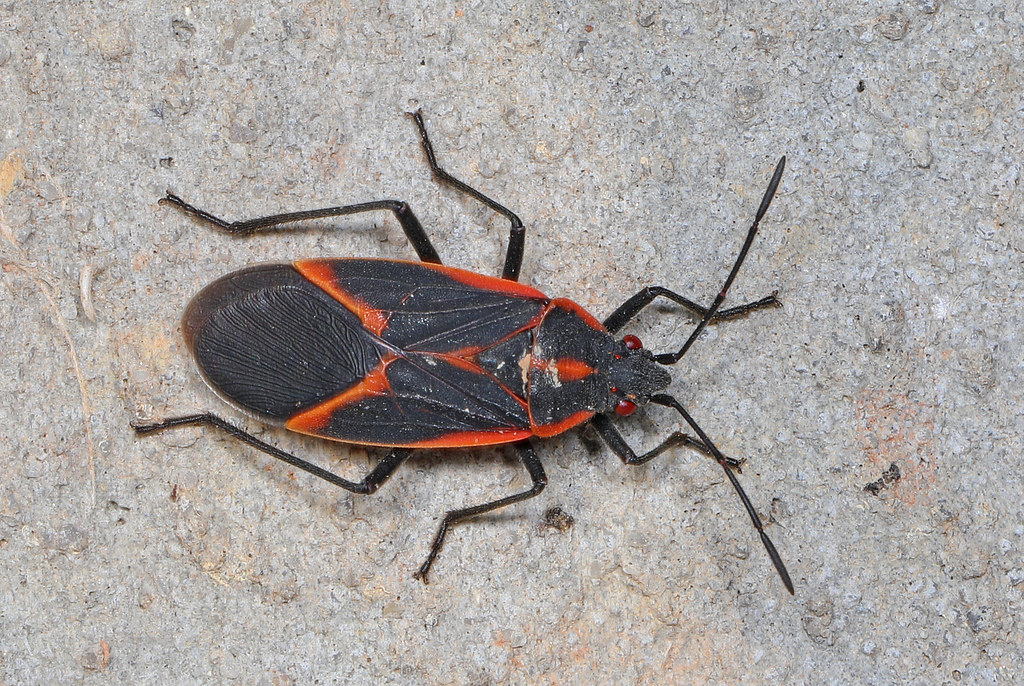
What happens to all those thousands of bugs once they find their winter hideouts is a remarkable story of insect survival. Boxelder bugs enter a state called diapause, which is similar to hibernation in mammals. Their metabolism slows dramatically, and they can survive for months without food or water.
The insects produce their own antifreeze compounds that prevent ice crystals from forming in their body fluids. This allows them to survive temperatures well below freezing, though they prefer the relatively stable conditions found in building crevices. Not all bugs survive the winter, but enough do to ensure the cycle continues the following spring.
Managing the Annual Invasion
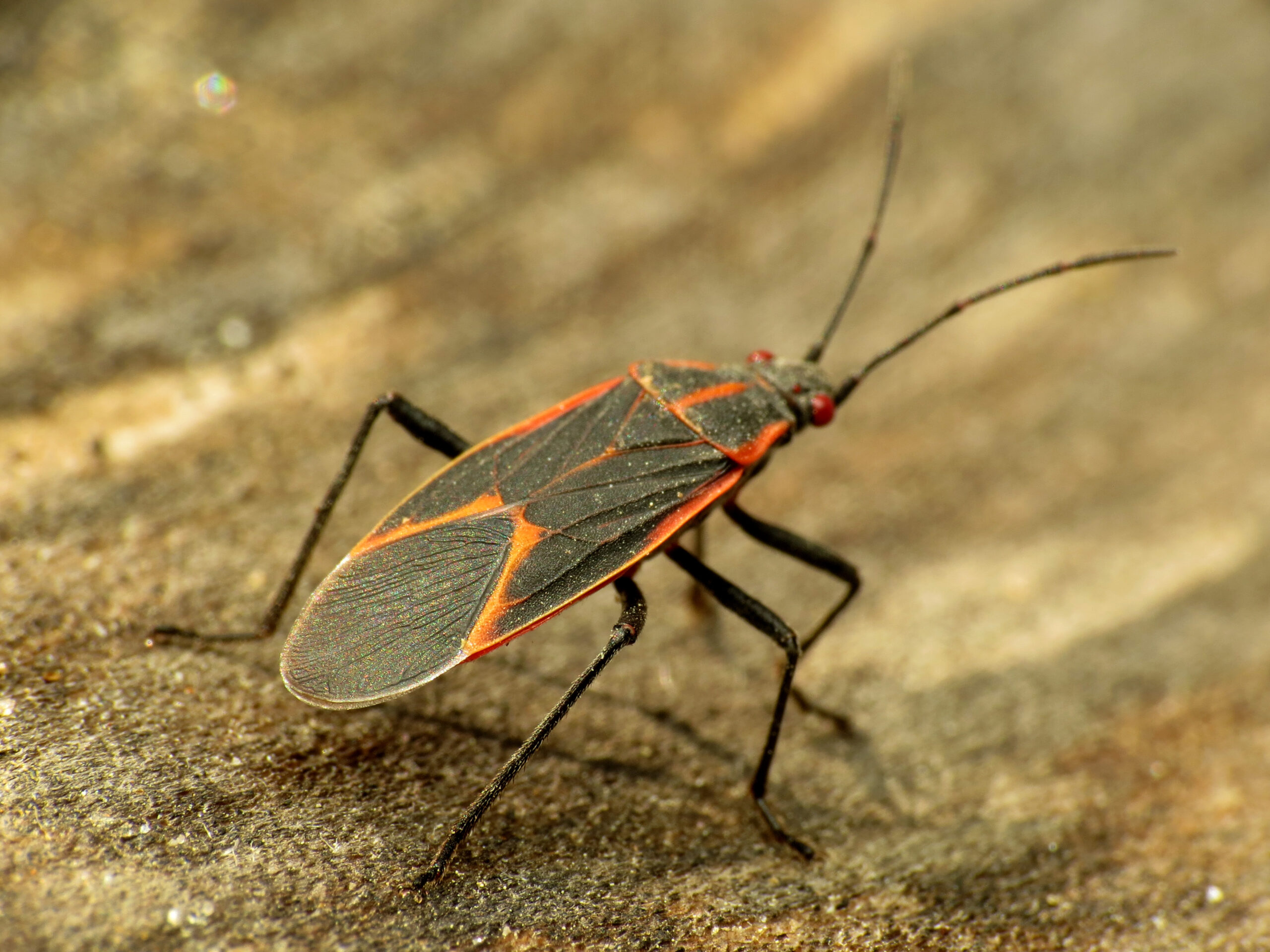
Dealing with thousands of boxelder bugs requires a strategic approach that goes beyond simple pest control. The most effective management starts with prevention – sealing entry points before the bugs arrive and removing attractants like boxelder trees when possible. Timing is crucial, as treating the problem after the invasion has begun is much more challenging.
Physical barriers like screens and caulking can significantly reduce the number of bugs that make it into your home. However, complete elimination is nearly impossible given the sheer numbers involved. The key is reducing their access to ideal overwintering sites, which forces them to seek alternatives elsewhere.
The Role of Climate Change
Climate change is beginning to affect boxelder bug populations and behavior in ways that scientists are just starting to understand. Warmer temperatures and changing precipitation patterns could extend their active season and increase their reproductive success. Some regions are already reporting changes in invasion timing and intensity.
The relationship between climate and insect behavior is complex, and boxelder bugs may serve as indicators of broader environmental changes. Their sensitivity to temperature fluctuations makes them particularly responsive to climate shifts, potentially making future invasions more unpredictable and possibly more severe.
Ecological Impact and Benefits
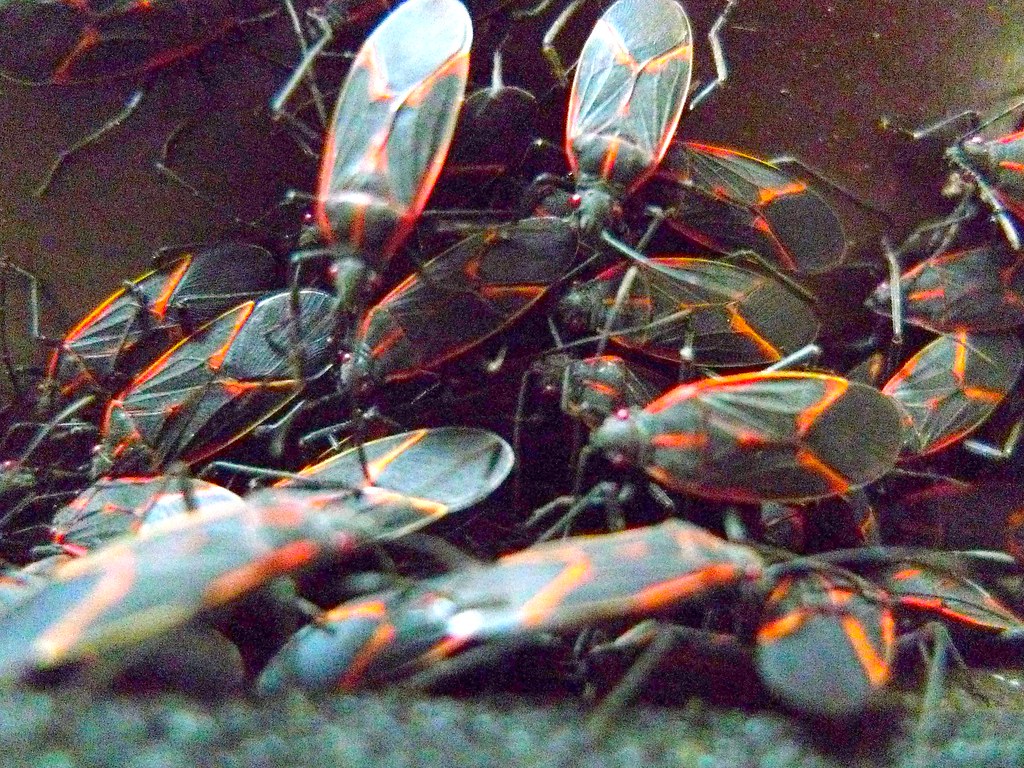
Despite their reputation as nuisance pests, boxelder bugs play important ecological roles that often go unrecognized. They serve as food sources for various predators, including birds, spiders, and other insects. Their feeding activities on boxelder trees can also help control seed production, preventing these trees from becoming invasive in some areas.
The massive congregations of boxelder bugs also provide researchers with opportunities to study insect behavior, population dynamics, and climate adaptation. Understanding these insects better helps scientists predict and manage other pest species that might pose more serious threats to agriculture or human health.
The annual spectacle of boxelder bugs blanketing the Midwest represents one of nature’s most dramatic seasonal displays. These remarkable insects transform quiet autumn days into scenes that can seem almost apocalyptic, yet they’re simply following ancient survival instincts that have served them well for millions of years. Their ability to coordinate massive migrations, locate ideal overwintering sites, and survive harsh winters demonstrates the sophisticated strategies that insects have evolved to thrive in challenging environments. While their invasions can be overwhelming for homeowners, understanding their behavior and motivations helps us appreciate the complexity of these tiny creatures and the important ecological roles they play. The next time you see thousands of boxelder bugs covering your walls, remember that you’re witnessing a remarkable survival strategy in action. What other secrets might these small creatures reveal about adaptation and survival in our changing world?

